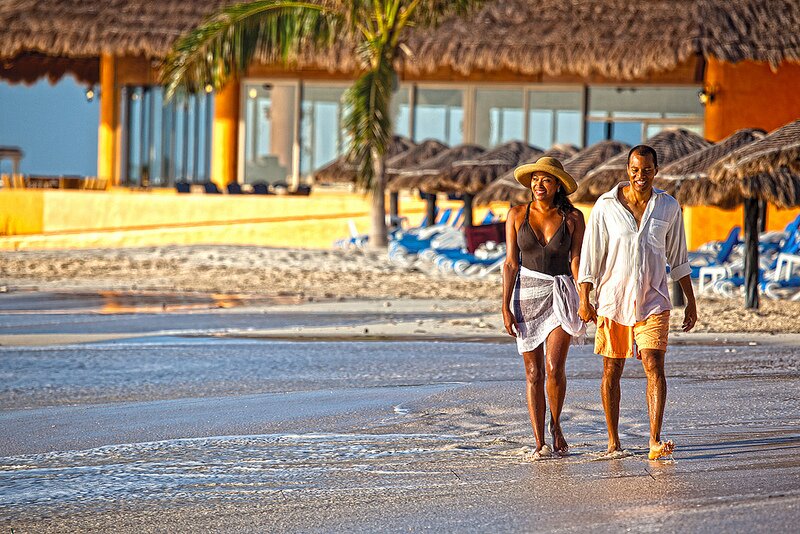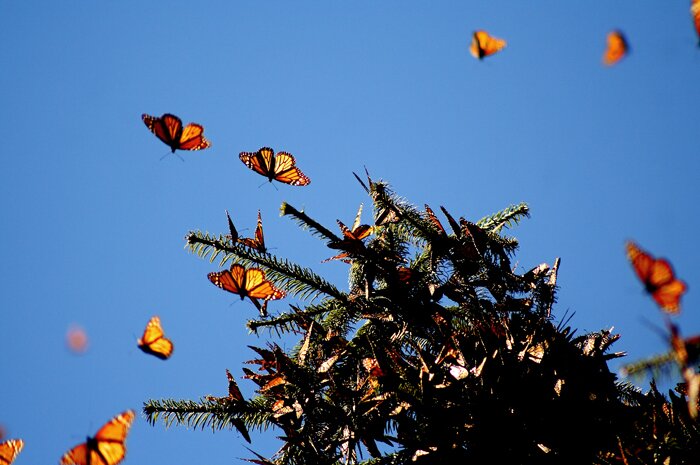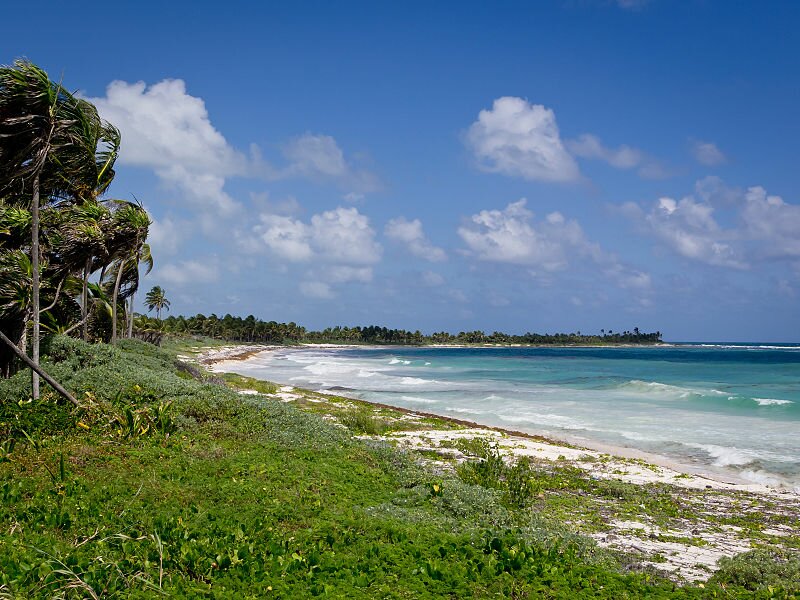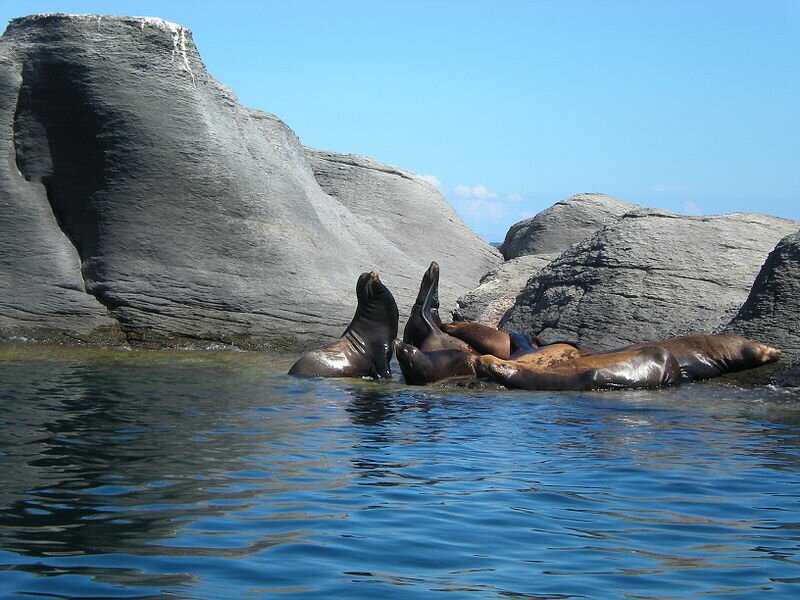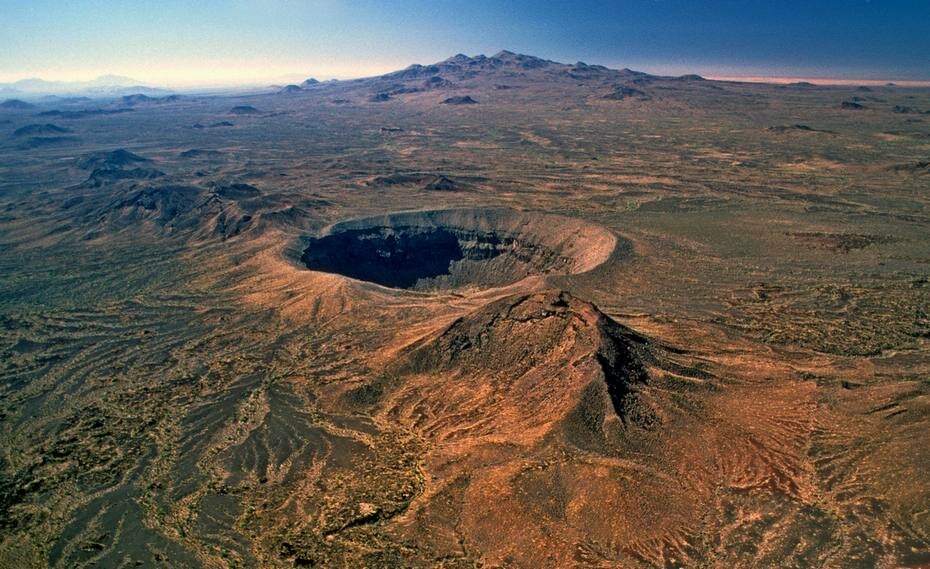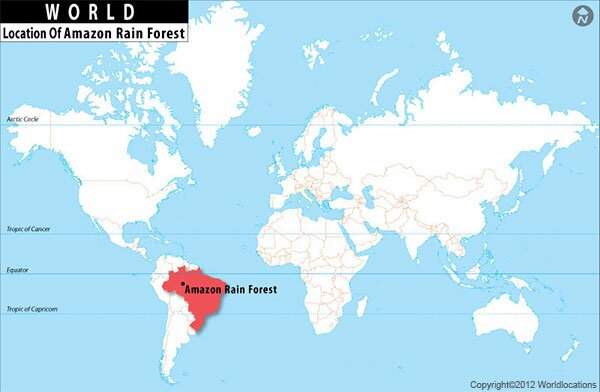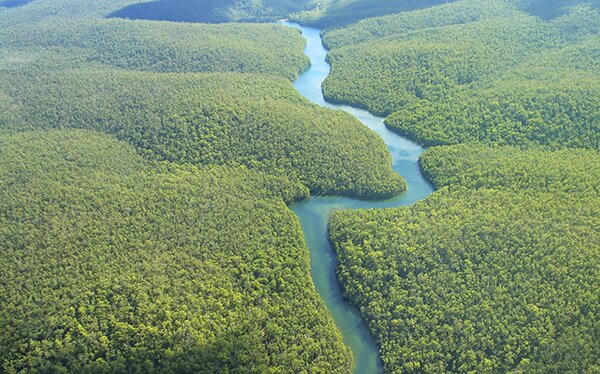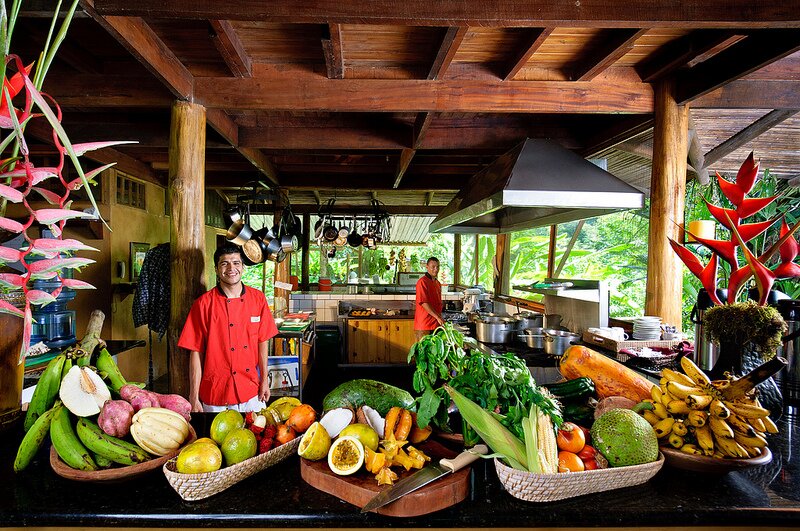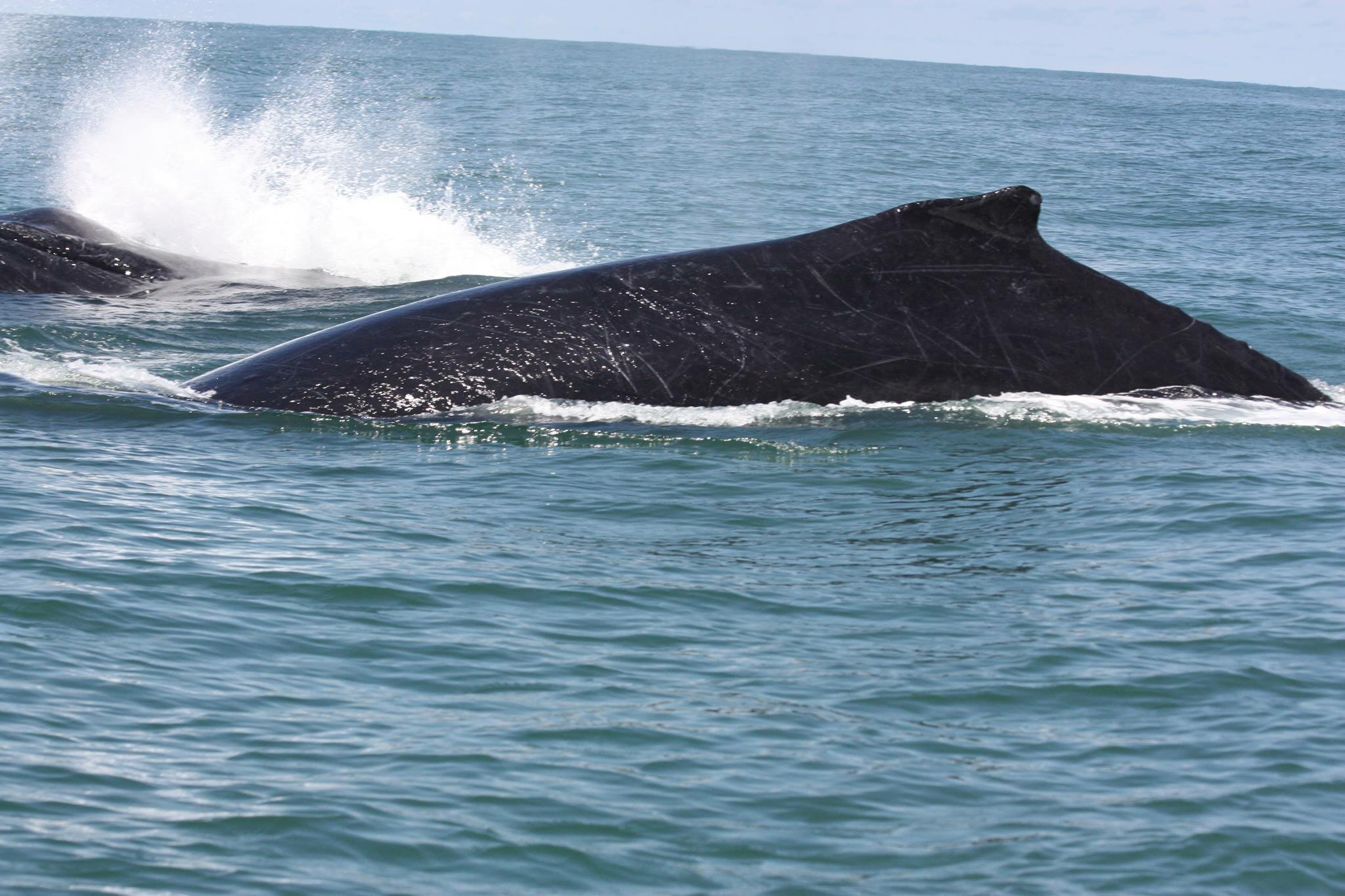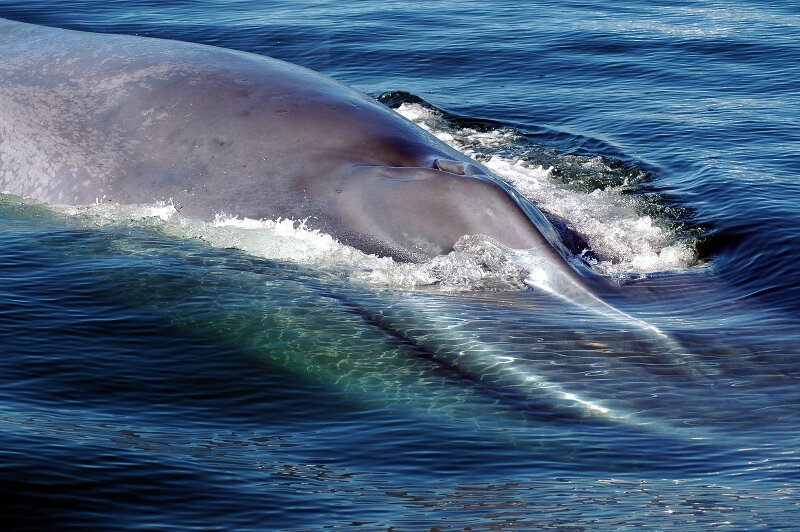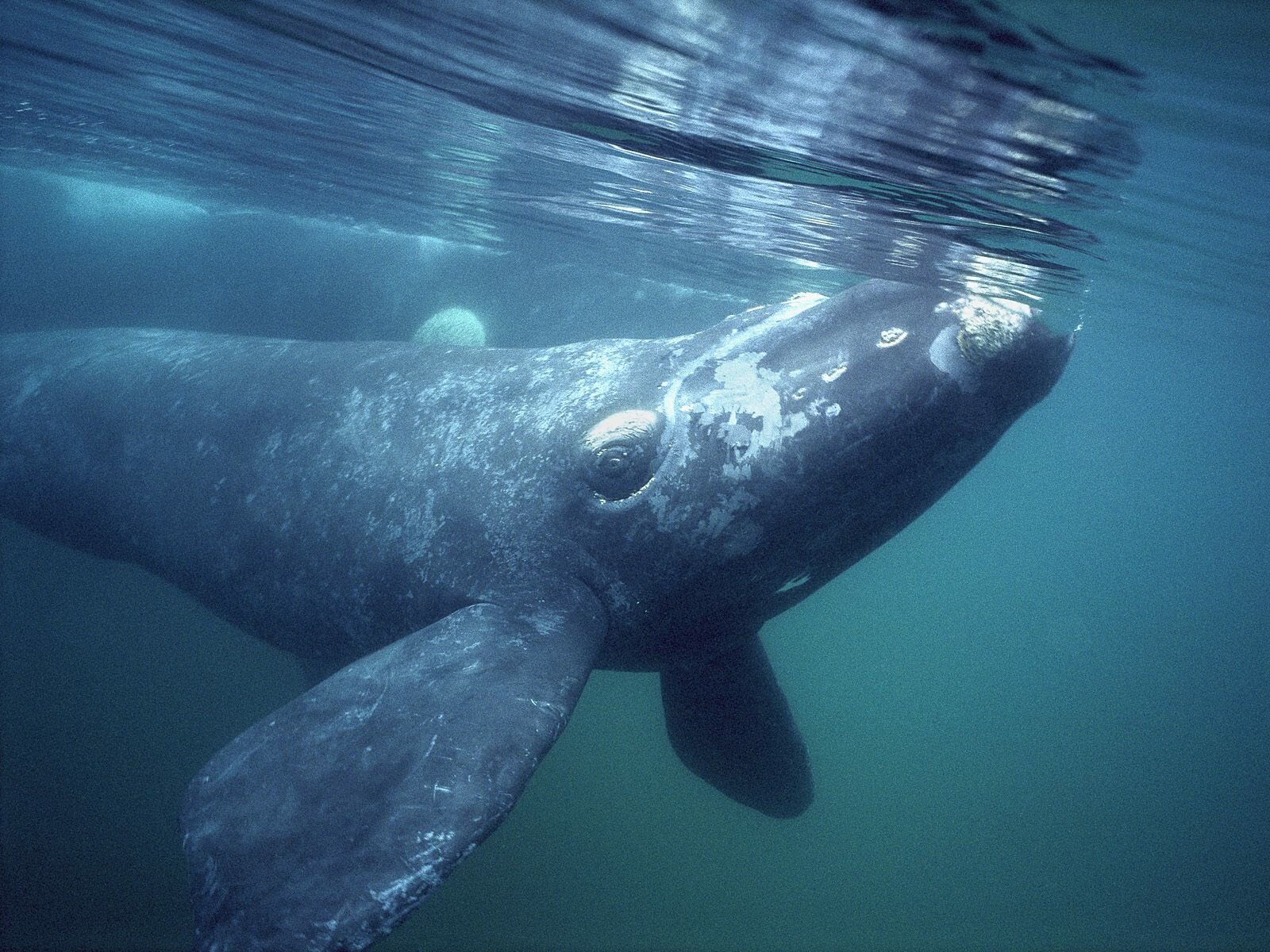Vea esta publicación en español.
The World Tourism Organization (WTO) recently released the 2013 UNWTO Tourism Highlights report, which contains data on trends in international tourism last year, as well as statistics and rankings of the world's main tourist destinations. One of the highlights is that vacation, leisure, and recreation travel is the number one reason travelers go to international destinations.
How many tourists traveled last year? Where did they go? In what countries did they spend more money? Check out some of the most interesting highlights in this WTO report!
1. The number of international tourists is 40 times higher than 64 years ago
In 1950, there were 25 million international tourist arrivals. Last year, the number reached 1,035 billion! 2012 was the first year in history that travel arrivals exceeded one billion.
2. The most visited countries
France is the country that received the most tourists in 2012, followed by the United States, China, Spain, Italy, Turkey, Germany, the United Kingdom, the Russian Federation and finally, Malaysia. In 2011, Mexico was the only Latin American country on the list, but it did not make the cut this year.
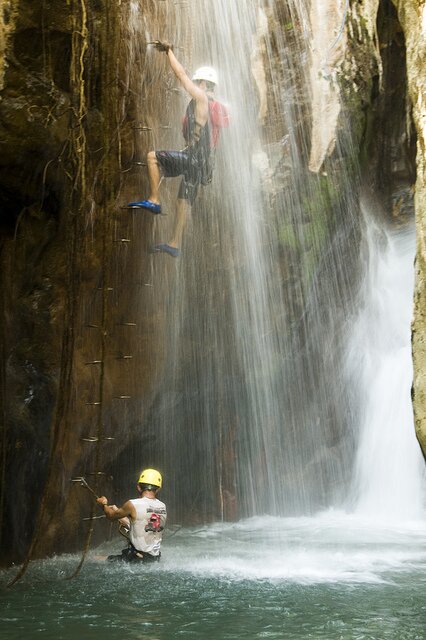 3. More tourists are traveling to Asia and the Pacific
3. More tourists are traveling to Asia and the Pacific
The Asia-Pacific region recorded the highest growth in tourism with a 7% increase in international tourist arrivals, followed by Africa (+6%) and the Americas (+5%).
4. Tourism in Central America is growing faster compared to the rest of the Western Hemisphere
International tourism in Central America saw an increase of 8%, followed by South America (+5%), then North America (Canada, the US and Mexico) (+4%) and the Caribbean (+4%).
5. Where do most tourists travel from?
Europe remains the largest source of outbound tourists in the world, representing 52% of global tourists. It is followed by Asia and the Pacific (23%), the Americas (17%), the Middle East (3%), and Africa (3%).
6. Air travel is preferred
In 2012, more than half of all travelers reached their destinations by air transport (52%), while the rest did so in overland transport (48%), either by road (40%), rail (2%) or waterway (6%).
7. Tourism is vital to economic prosperity
Income from international tourism reached US$1.075 billion worldwide in 2012. The industry represents 9% of the world GDP, 6% of world trade, and creates one of every 11 jobs.
8. Emerging country economies capture more revenue
Although Europe maintains the largest market share of international tourism receipts (43%), other regions are growing significantly. The Asia-Pacific region received 30% of revenues and the Americans obtained 20%. The Middle East and Africa got 3% and 4%, respectively.
9. Chinese tourists are the biggest spenders
China became the leader in international tourism spending, with US$102 billion spent in 2012.
For more interesting facts and a detailed breakdown by country, download the 2013 UNWTO Tourism Highlights report.


